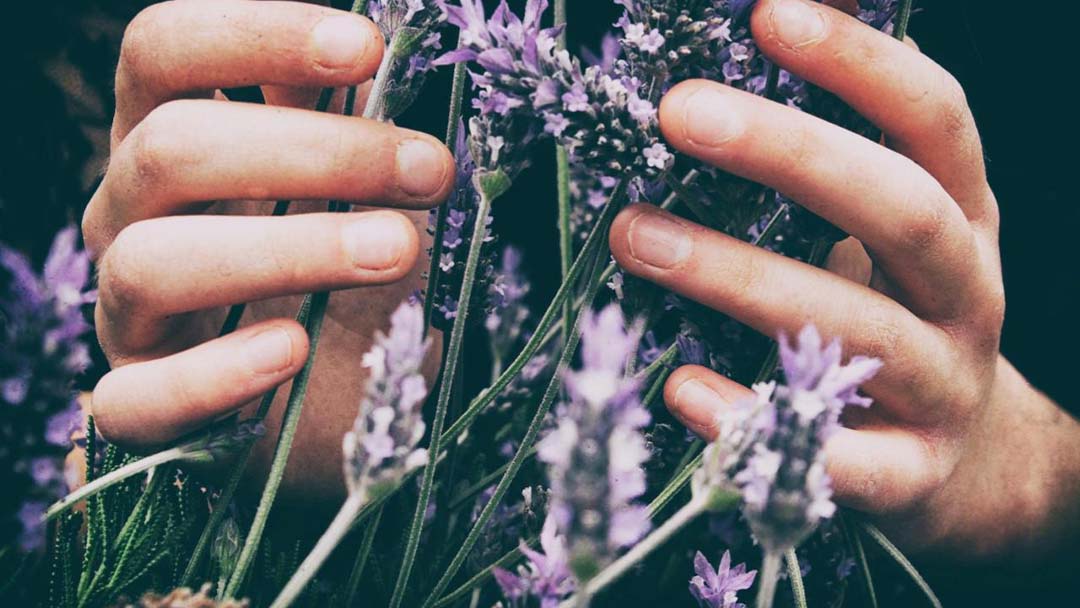Dear Community,
One of my favorite mindfulness teachers, Tara Brach, recently shared a talk titled Every Part of Us Belongs. Something Tara often refers back to in her teachings is a quote by an attachment psychologist named Louis Cozolino. He says: We are not the survival of the fittest, we are the survival of the nurtured. Those who are nurtured best, survive best.
Tara’s talk, and the above quote, inspired me to write a blog and newsletter on the topic of inner belonging. For me personally, the practice of cultivating acceptance and compassion for all parts of myself is something I work on pretty regularly (and certainly imperfectly). It is a practice that has proven to bring me into a receptive space and as a result it supports my being able to express genuine compassion outwardly toward others.
Another gem of wisdom from Tara’s talk is when she explains how the idea of being the fittest comes from the survival part of the brain.
It comes from a fight flight freeze or trauma response. On the contrary, when we consider survival being for those that are nurtured we can see how this experience of life is through the lens of an integrated brain. When nurtured we have a deeper sense of belonging. I love this because a) it speaks to how so much of our cultural norms are born out of unresolved trauma, from a traumatized brain; and b) it points out the immense importance of healthy, loving relationship. Because trauma typically happens in relationship, the healing from trauma needs to happen in relationship as well — through being nurtured and feeling a sense of belonging. This kind of belonging and community is something we need to do inwardly as well as outwardly. The inner focus being on all those parts of ourself, especially those parts that we write off or disown. The practice of coming into a place of deep listening, to hear what the inner hurt is all about, to offer inwardly an unconditional and loving kind of witnessing, it is profound work.
Further along in her talk, Tara reminds listeners that the places where we are seen and heard, those places are holy places.
This can’t be any closer to the truth in my opinion. Have you ever been in a conversation where you could sense with your whole body that the person listening to you was ALL there, fully present, and unconditionally loving you? These are sacred moments, both in our relationship with self and our relationship with others. When we are deeply and whole-heartedly listening to our inner life/needs and when we are witnessed by others fully, with complete presence, that is holy.
The inward listening is a way of belonging.
I have experienced the power of nurturing my inner children both through formal approaches, with therapy and meditation, and informal approaches, through on the spot loving internal self-talk when I get caught in berating myself. Yet, I didn’t quite get that profound sense of safety and belonging until I worked with a healer a few years ago who taught me a method of dialogue between my wise self and my inner child/ren.
Because I myself receive so much benefit from doing this inner child communication I recently formalized the process in an effort to help clients touch into this inner world. I created a guided practice called RADIANT. It is a seven-step process to support the journey inward to engage in a dialogue between the inner child/ren and the wise, unconditionally loving self.
Here is a sneak peak at the stages of the RADIANT process…
R: Rest – pause, take space. Find stillness in your body so you can hold a reverent space for this process.
A: Allow – name the emotions that are arising, write them down.
D: Dive In – acknowledge your inner child, identify the part of yourself calling for wise attention.
I: Inquire – ask questions and dialogue between your inner child and your wise self.
A: Acknowledge – honor the needs that your inner child has expressed.
N: Notice – pay attention to how your body feels, what has shifted in the physical, emotional, and energy body.
T: Tender – take tender loving care and do something nourishing for yourself that meets your needs.
If you would like to purchase a full printable version of this guide with in-depth instructions and room for writing/journaling, please email me at: jaharasara@wildradiance.net.
And finally, I leave you with a poem to ponder…
TURN THE KEY AND ENTER by John O’Donohue
Had you but the courage to acknowledge the haunted inner room, turn the key and enter, you would encounter nothing strange or sinister there.
You would meet some vital self of yours that you had banished during a time of pain or difficulty.
Sometimes, when life squeezes you into lonely crevices, you may have to decide between survival and breaking apart.
The banished self from an earlier time of life remains within you waiting to be released and integrated.
The soul has its own logic of loyalty and concealment.
Ironically, it is usually in the most awkward rooms that the special blessings and healing are locked away.
To view Tara Brach’s talk on belonging: click here.
Header photo credit: Vero Photoart

